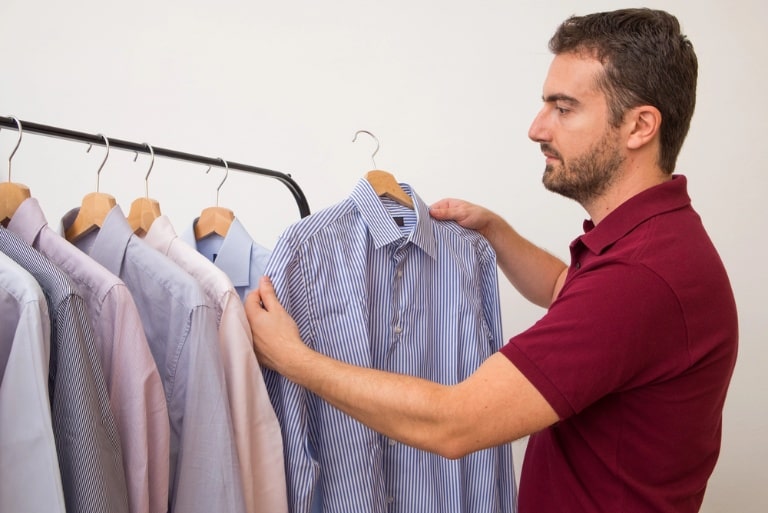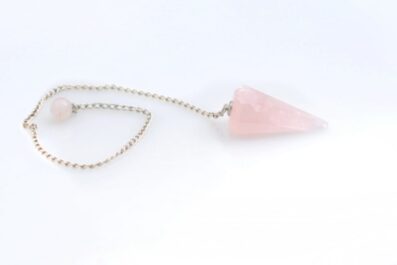The Essential Guide To Building a Versatile Business Casual Wardrobe for Men

As the lines between formal and informal attire continue to blur, understanding the nuances of business casual attire becomes increasingly important for the modern man. Whether you’re heading to a client meeting or a casual Friday at the office, the right ensemble can make all the difference in how you’re perceived professionally.
This comprehensive guide will provide you with the knowledge to curate a versatile business casual wardrobe tailored for every occasion. Keep reading to discover the essentials of men’s business casual attire and how to make it work for you.
Understanding Business Casual: The Basics for Men’s Wardrobe
Business casual for men blends professionalism with relaxed style, centering on tailored trousers, button-up shirts, blazers, and smart shoes. This flexible dress code varies by industry, so understanding your company’s culture is key. Opt for darker tones for a more formal look and lighter shades for casual settings. Natural fabrics like cotton and wool are ideal for both comfort and visual appeal.
To elevate your business casual men’s clothing, focus on sharp details—think leather belts, classic watches, or pocket squares. Adjust your wardrobe seasonally with breathable fabrics for warm months and layers for cooler weather. Aim to dress just above the norm to stay polished and prepared for any professional interaction.
The Role of Quality and Fit in Men’s Business Casual Attire
The longevity and appearance of your clothing depend on quality and fit. Choose the best pieces you can afford, prioritizing durable fabrics and timeless styles. Good fit distinguishes elegant clothing; ill-fitting garments ruin a polished look. Knowing your body type and opting for tailored or altered off-the-rack pieces can dramatically elevate your wardrobe.
Well-fitted clothes are also more comfortable and reduce distractions, helping you maintain a professional presence. As your body changes, regularly reassess fit and make necessary adjustments. Maintaining your garments is just as crucial—follow care instructions, use proper hangers, and keep shoes in good condition. Smart upkeep protects your investment and ensures your business casual attire always looks sharp.
Essential Pieces for a Versatile Business Casual Wardrobe
To build a versatile business casual wardrobe, start with button-up shirts in white, light blue, and gray—ideal for layering or solo wear. A tailored blazer in navy or charcoal instantly elevates any outfit. Trousers are key; invest in chinos in beige, navy, and olive for flexibility, and dark-wash denim for a polished casual option.
Footwear matters—leather Oxfords or loafers work well across outfits. Accessories like belts and ties inject personality, while knitwear such as V-neck sweaters or cardigans add warmth and texture. For outerwear, a trench coat or wool coat adds structure and professionalism. These core pieces allow for easy outfit rotation suited to most business casual settings.
The Art of Mixing and Matching: Maximizing Your Business Casual Pieces
Mastering a business casual wardrobe means knowing how to mix and match essential items for maximum versatility. Start with neutral staples—solid shirts and trousers—and layer with bold accessories like patterned ties or statement watches to transform each look. Use color theory and experiment with textures, such as pairing a herringbone blazer with a smooth shirt or knitwear with twill chinos for depth.
Dress with the occasion in mind; vibrant patterns suit casual settings, while muted tones work best for formal events. Seasonal shifts call for smart layering—lighter pieces for summer and heavier fabrics for winter. With the help of The Handsome luxury fashion, a wardrobe built with varied textures, colors, and accessories ensures adaptability and keeps your outfits fresh and appropriate across different environments. The key is thoughtful coordination that balances style, function, and formality without repetition.
Care and Maintenance Tips for a Long-Lasting Business Casual Wardrobe
Proper wardrobe care preserves clothing quality and appearance. Always follow care labels—some garments need dry cleaning or hand washing. Treat stains quickly to prevent permanence. Avoid closet overcrowding to reduce wrinkling; use wooden or padded hangers for structure and fold sweaters to prevent stretching. Add cedar blocks to deter moths and maintain freshness.
Use shoe trees to preserve shoe shape and polish leather regularly for longevity. Rotate footwear to let pairs air out between wears. Fix small issues like missing buttons or loose hems promptly. Invest in professional tailoring or shoe repair to maintain fit and function. These habits help sustain your business casual wardrobe while minimizing unnecessary replacements.
Altogether, a well-built business casual wardrobe is an invaluable asset. It signals professionalism while offering flexibility, and when cared for correctly, it can serve your sartorial needs for many years. Taking the time to understand the basics, prioritizing quality and fit, investing in essential pieces, and mastering the art of mixing and matching will ensure you are always dressed appropriately and with confidence.




